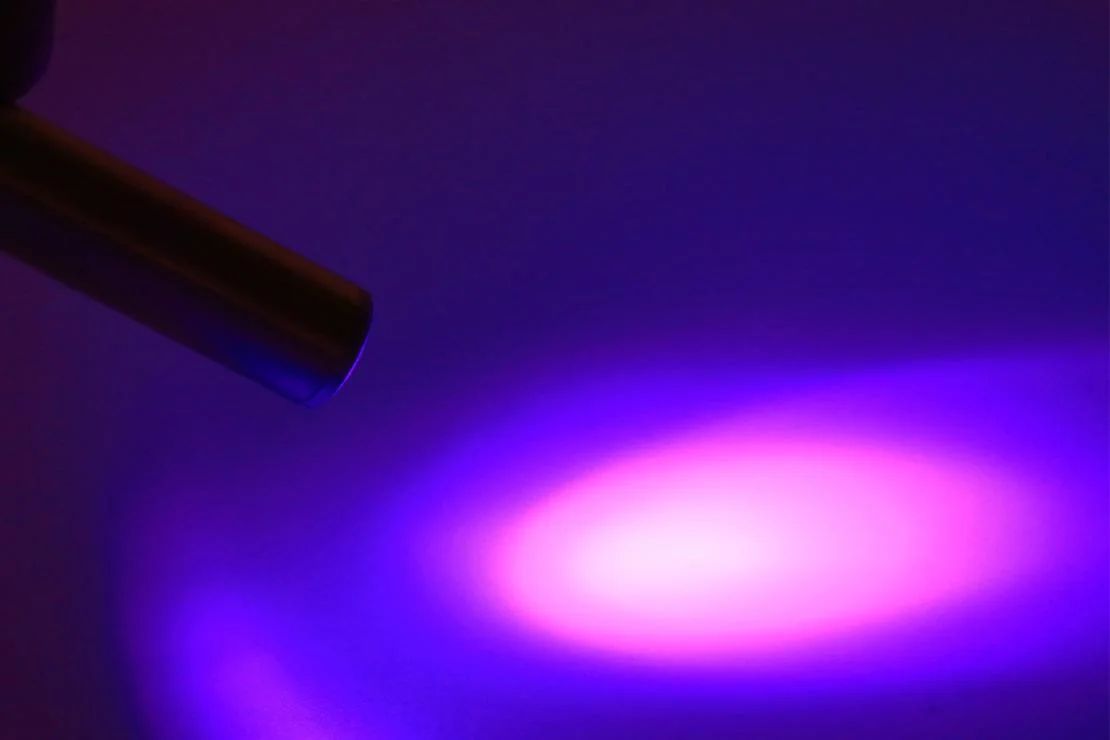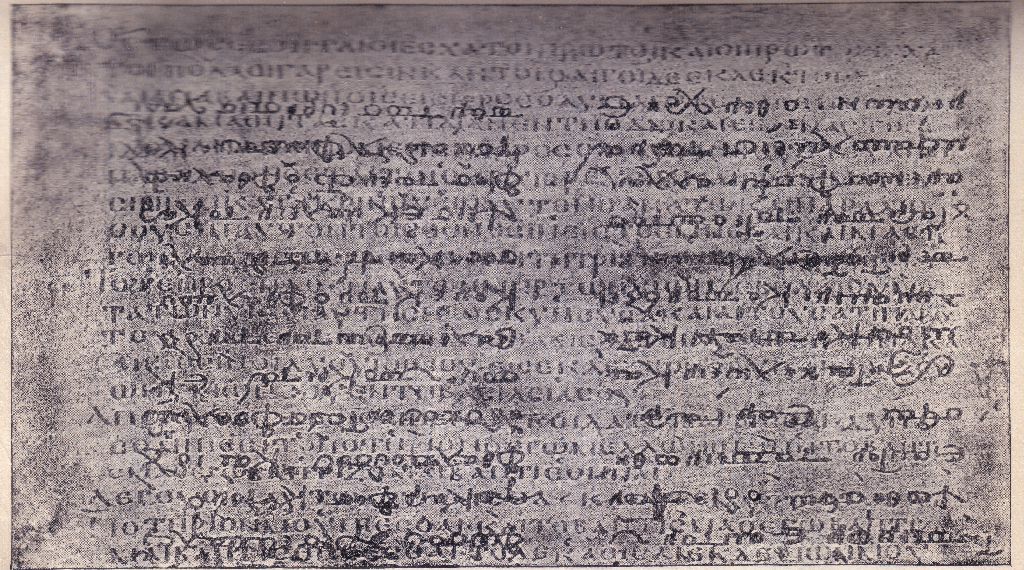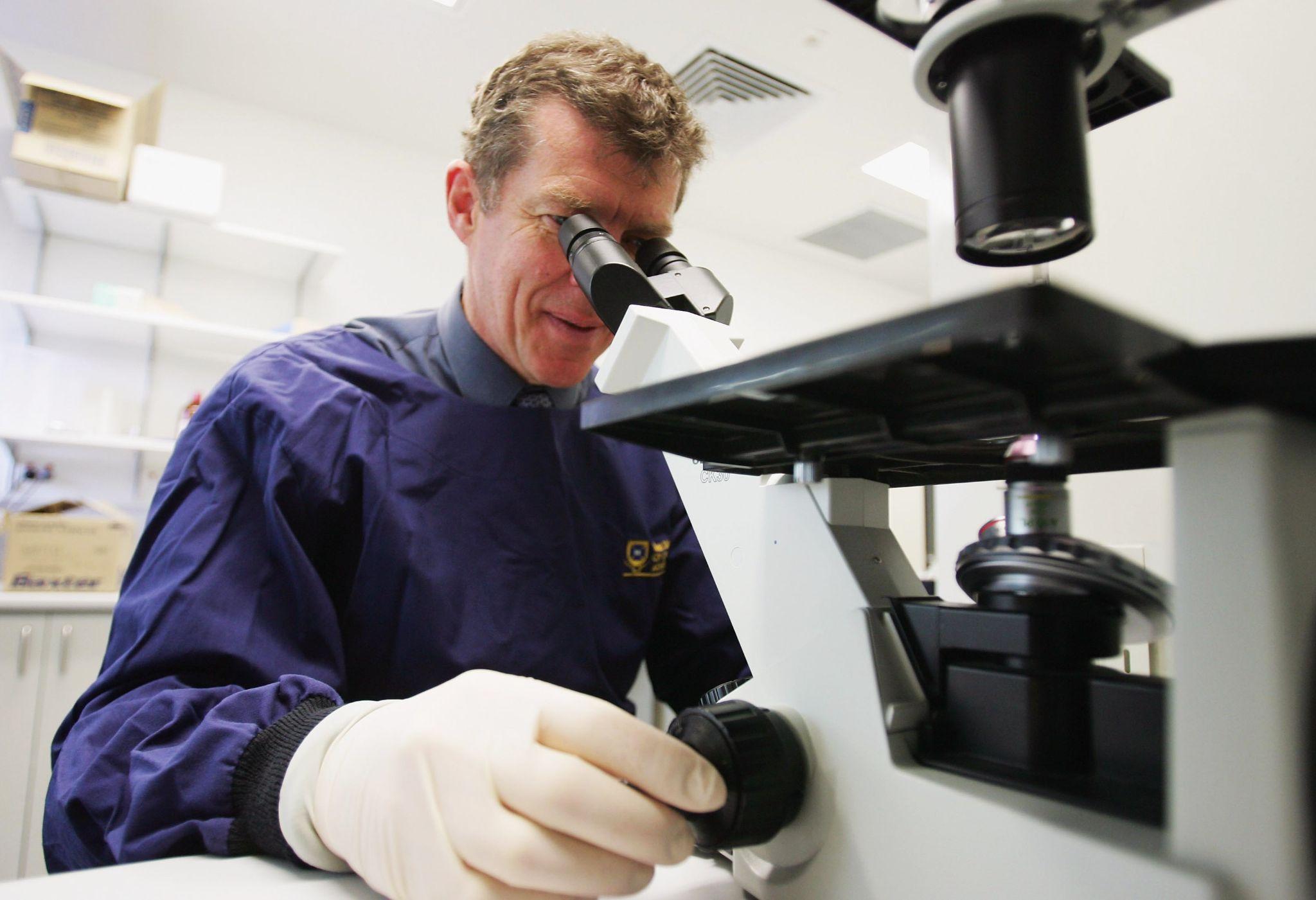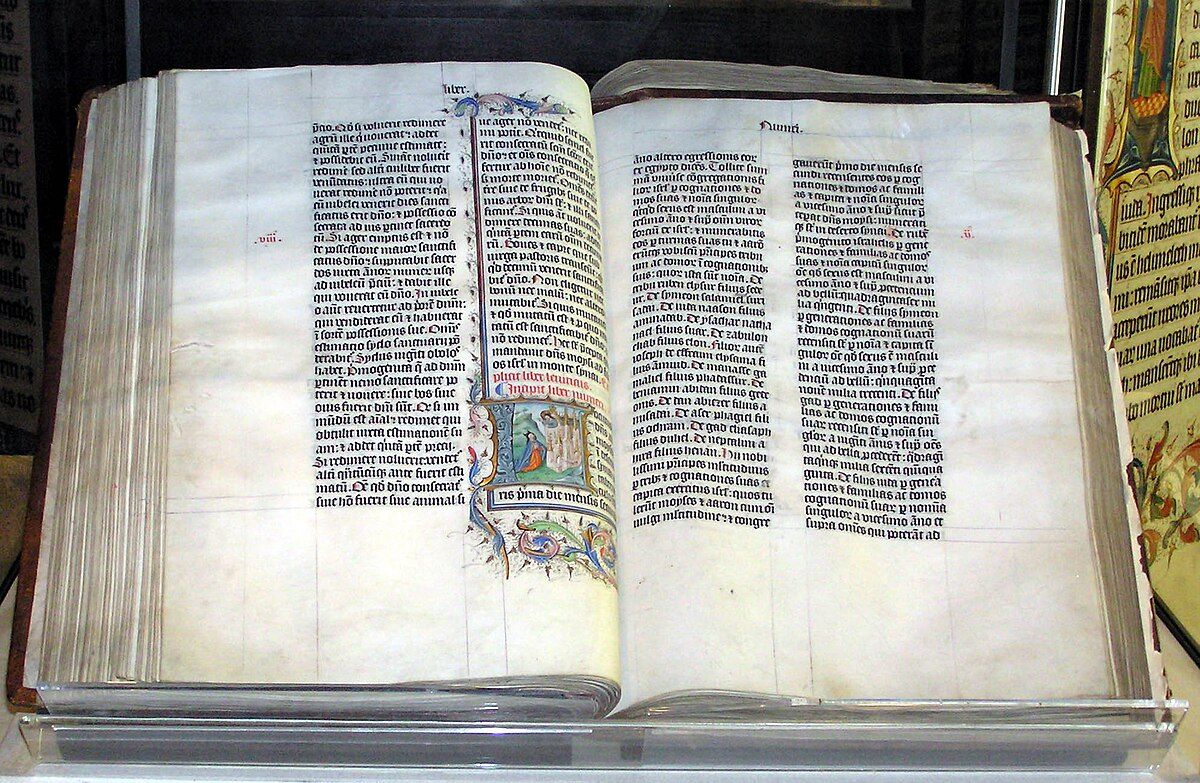Scientists Have Discovered An Ancient Hidden Chapter in the Bible
Scientists claim to have made a major discovery by unearthing a hidden chapter of the Bible.
Researchers found a fragment of 1,500-year-old Biblical text said to represent one of the earliest translations of the Gospel. Scientists utilized ultraviolet photography to find ancient translations that haven’t been seen for thousands of years. The monumental discovery is something to marvel at, as research like this has never been done before.
UV Technology Has Allowed for Incredible Scientific Advancements
The historic discovery was made by Grigory Kessel of the Austrian Academy of Sciences who used UV technology to examine Matthew chapters 11 and 12 of the Bible. There, he stumbled upon three layers of unseen text in a manuscript.

Source: Douglas Sacha / Getty Images
The medievalist researcher announced the discovery in the New Testament Studies journal. Kessel explained his phenomenal discovery, saying, “Until recently, only two manuscripts were known to contain the Old Syriac translation of the Gospels.”
Lack of Parchment Paper Resulted in “Palimpsest” Text
Back in ancient times, a shortage of parchment paper resulted in reusing the scarce amount of parchment that was available. In this instance, the scientist was able to apply modern techniques to look beyond the palimpsest text.

Source: Wikipedia
Kessel’s discovery is even more impressive because the parchment that he analyzed was actually used three times, adding an extra layer to dig through in order to see the secret wording.
The Scientist Has Been Praised For His Discovery
Claudia Rapp, the director at the Institute of Medieval Research at the Austrian Academy of Sciences has commended Kessel’s dedication to his research, saying, “Grigory Kessel has made a great discovery thanks to his profound knowledge of old Syriac texts and script characteristics.”

Source: Jonathan Wood Getty Images
She also noted that the discovery depicts the importance of digital technologies and research when handling medieval documents.
Research on the Biblical Manuscript Has Been Underway Since 1953
Scholars have known about the Biblical manuscript since 1953, but the technology was not capable of seeing past one layer of text. It was re-discovered in 2010 and then digitized in 2020.

Source: Wikipedia
The digitized version made it easier for researchers to analyze the text in new ways. The Digital Vatican Library now contains images of the Bible chapter under natural and UV light.
